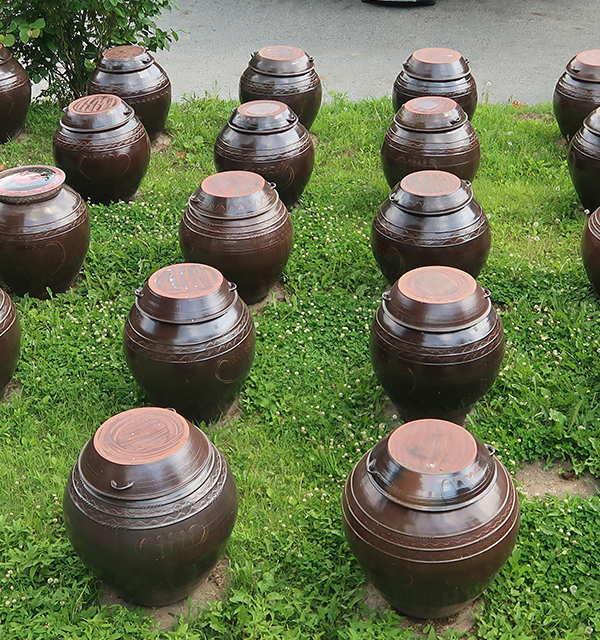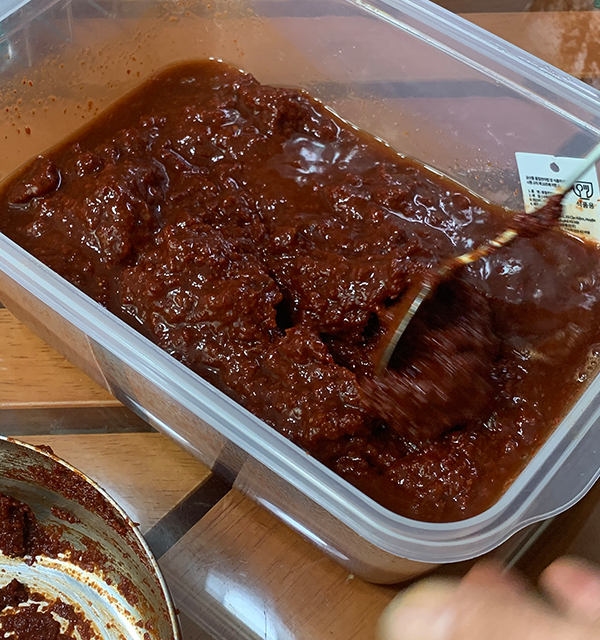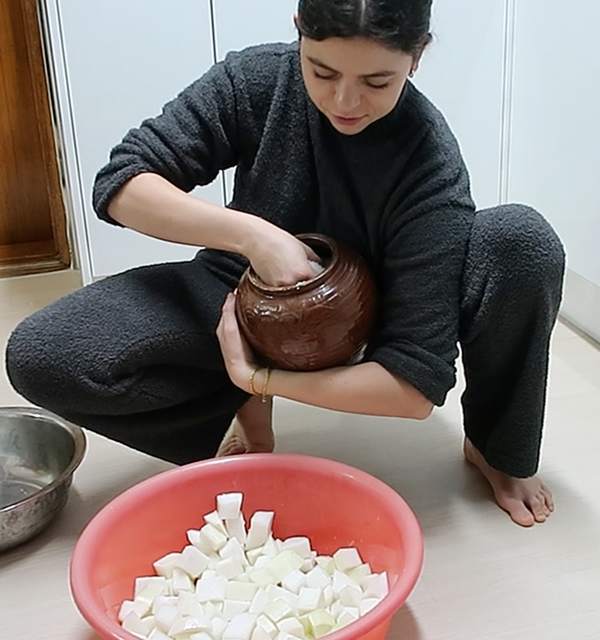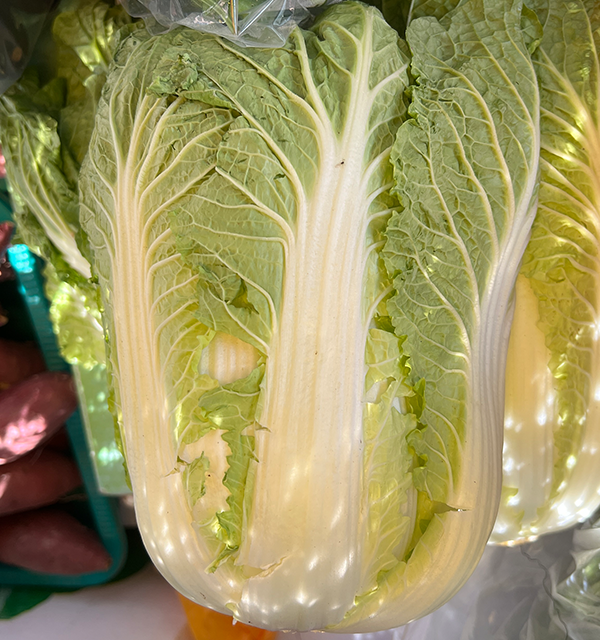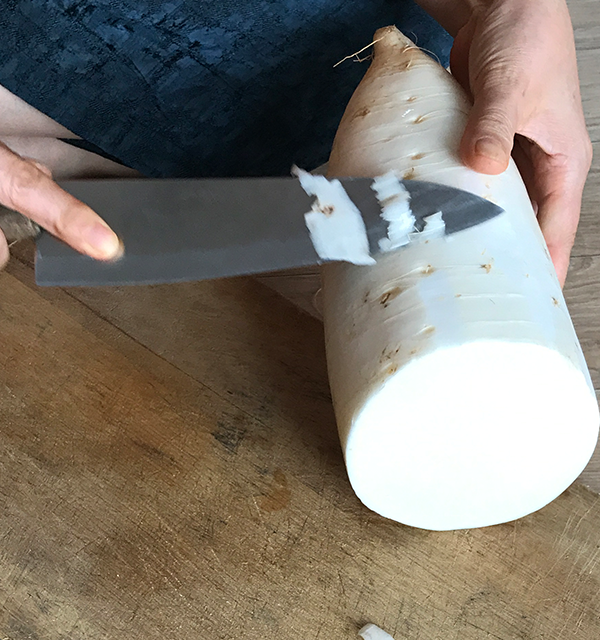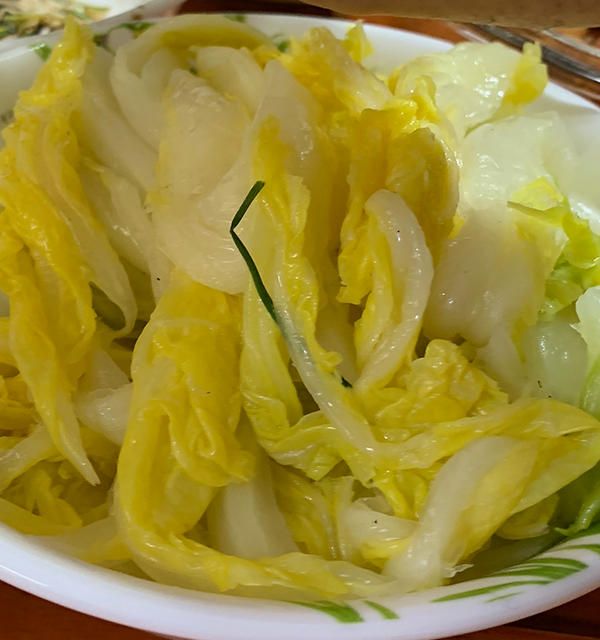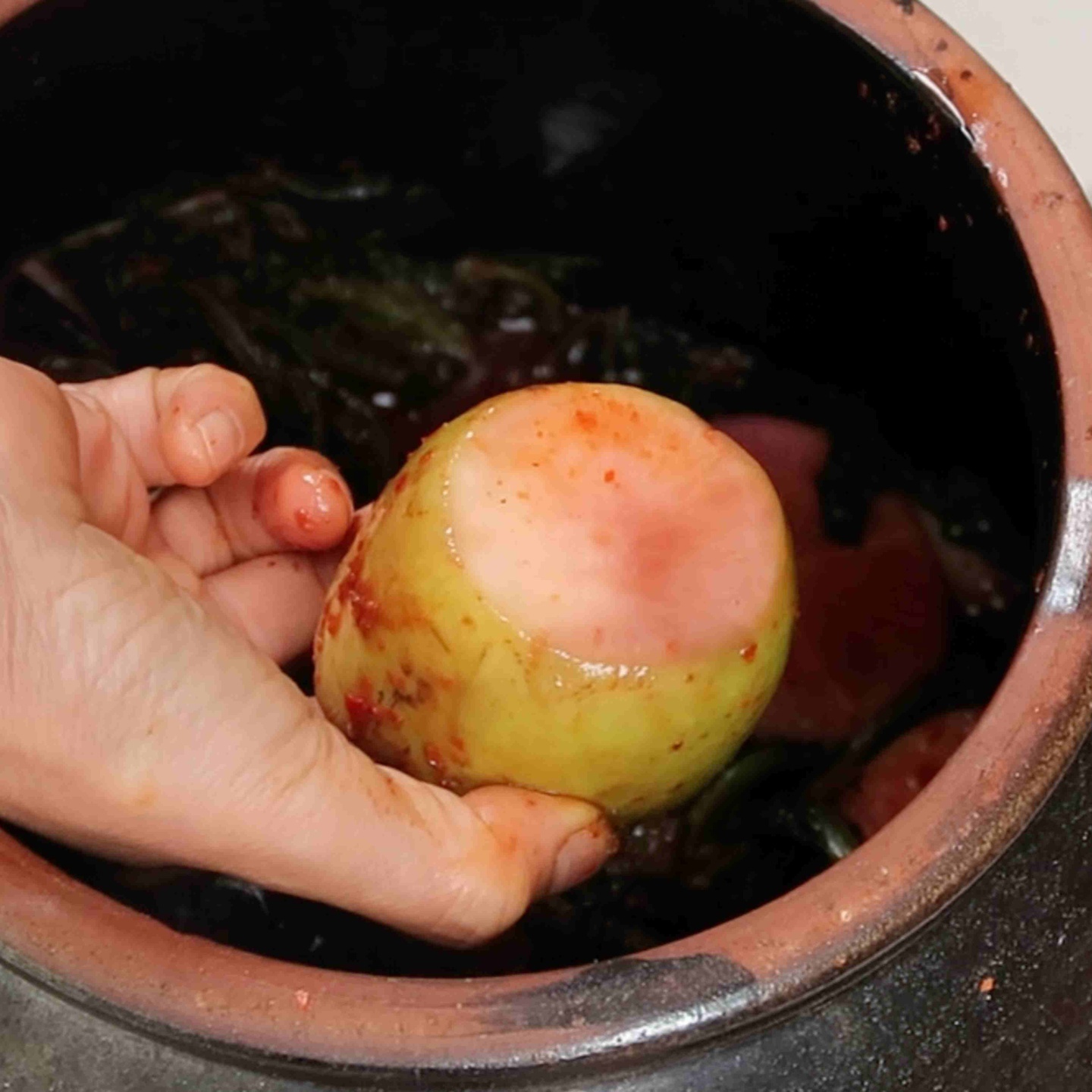Step #4: Applying the paste, storing, and fermenting kimchi How to sauce the cabbage Now the easy part has come, adding the paste to the cabbage. When you add the paste, you must coat each leaf and layer of the…
Making Red Cabbage Kimchi (배추김치) Step #3: Making the Seasoning Paste
Step #3: Making the Seasoning Paste Now that the cabbage has been prepped and is brining or has been brined. We can make the seasoning paste. A tip is to make this while the cabbage is brining so you can…
Making Red Cabbage Kimchi (배추김치) Step #2: Brining your vegetable
Step #2: Brining your vegetable The second step is to brine your cabbage. Brining your cabbage helps to ensure flavorful kimchi at the core. But brining your cabbage does more than just add the salty flavor that makes kimchi delicious….
Making Red Cabbage Kimchi (배추김치) Step #1: Choosing and Prepping the vegetable
Step #1: Choosing and Prepping the vegetable So, let’s begin with choosing and prepping your vegetable. When you pick your cabbage choose Napa cabbage. This cabbage is readily available in most super markets and has a high-water content along with…
Tools Needed for Red Cabbage Kimchi (Baechu-kimchi (배추김치)
What does this mean? I have discussed a variety of kimchi, but for your reference, I refer to red pepper-based kimchi as regular kimchi. This is the kimchi you probably see most often. It is most popularly made from cabbage and…
Seasoning Ingredients and Kimchi: White Kimchi
The last way to differentiate kimchi is related to the seasoning ingredients used to make your desired kimchi. Did you know that kimchi does not have to be spicy? Let me intrude you to white/water kimchi. This variety of kimchi…
